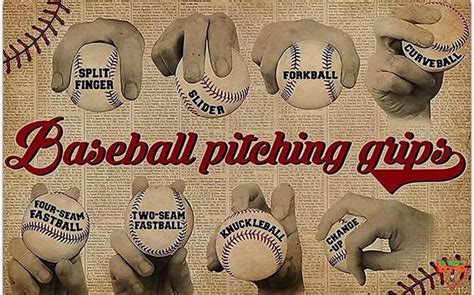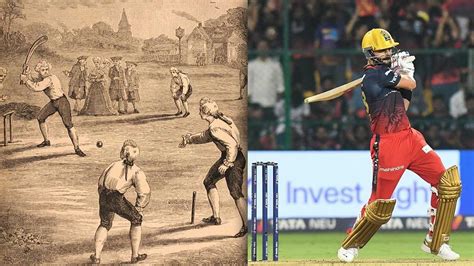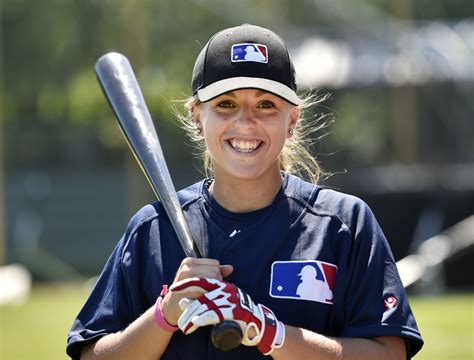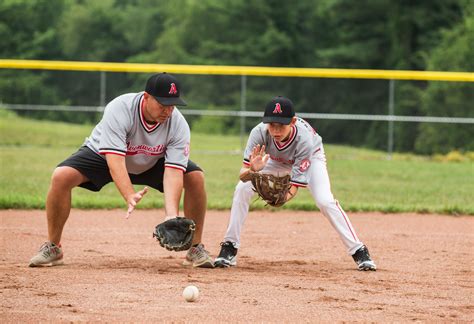Explore the mechanics of baseball pitches, key pitching styles, their impact on batters, and effective strategies for game situations and outcomes.Baseball is a game rich in strategy and skill, with pitching at its core. Understanding the various types of pitches not only enhances players’ performances but also deepens fans’ appreciation for the game. In this article, we will explore the intricacies of baseball pitches, from the mechanics that make them effective to the unique pitching styles adopted by players. We will analyze how different pitches impact batters and delve into strategic development for game situations. Furthermore, we’ll highlight the significant role that these pitches play in influencing overall game outcomes. Whether you’re a budding pitcher, a seasoned coach, or a passionate fan, this comprehensive guide will equip you with the knowledge needed to appreciate the artistry of pitching and its vital importance in the world of baseball.
Understanding The Mechanics Of Baseball Pitches
The nuances of baseball pitches are rooted in the intricate mechanics that players employ to deliver the ball effectively. Mastering these mechanics not only enhances a pitcher’s performance but also influences the overall dynamics of the game. In this section, we delve into the vital components of pitching mechanics that every aspiring pitcher should understand.
- Grip: The way a pitcher holds the ball is foundational. Various grips affect the speed, spin, and trajectory of the pitch. For instance, a four-seam fastball grip will differ significantly from that of a curveball.
- Wind-Up: The wind-up is crucial in building momentum. It typically starts with the pitcher stepping back, creating a leverage that aids in propulsion.
- Stride: The stride phase is where the pitcher moves forward. A proper stride allows for better weight transfer, enabling more force to be applied to the ball.
- Release Point: The moment the ball leaves the pitcher’s hand can determine its effectiveness. Pitchers need to find an optimal release point to maintain control and maximize velocity.
- Follow-Through: After releasing the ball, the follow-through is vital for preventing injuries and ensuring that energy is conserved. A smooth follow-through can also aid in accuracy for subsequent pitches.
Understanding these mechanics is key to exploring the different types of pitches a player can master. Each component plays a role in how pitches are executed and perceived by batters, ultimately influencing the game’s outcome.
Exploring The Key Types Of Pitching Styles
In baseball, the pitcher’s role is critical, and understanding the various pitching styles can significantly enhance a team’s performance. Exploring The different pitching styles reveals unique techniques and strategies that pitchers use to deliver the ball effectively. Here are some of the key types of pitching styles:
- Overhand Pitching: This is the most common style, where the pitcher releases the ball from above their head. It typically offers more velocity and a downward trajectory, making it harder for batters to connect.
- Sidearm Pitching: Pitchers utilize a sidearm delivery to create horizontal movement on the ball. This style can be particularly effective against batters as it gives a different angle of attack.
- Underhand Pitching: Although less common, this style can bewilder batters due to its unusual release point and trajectory. It is often used in softball but can appear occasionally in baseball contexts, particularly in specialized situations.
- Pitchers with Variations: Many pitchers combine various styles and techniques, such as incorporating a slingshot motion or using a unique grip on the ball. These variations can make it difficult for batters to anticipate and react to pitches.
Each style comes with its own set of advantages and challenges, and understanding these differences is essential for coaches and players alike. By exploring the nuances of these pitching styles, teams can strategically deploy pitchers based on their strengths and opponent weaknesses, ultimately influencing the game’s outcome.
Analyzing The Impact Of Pitch Types On Batters
When it comes to the art of baseball, understanding the intricacies of pitching is crucial, as it directly influences how batters approach their game. The variety of pitches thrown by pitchers can significantly affect a batter’s performance, and each pitch type presents unique challenges and opportunities.
Different pitch types—such as fastballs, sliders, and curveballs—carry distinct characteristics that can throw off a batter’s timing and technique. For instance, a fastball generally arrives at the plate with speed, challenging the batter’s reflexes. Conversely, a curveball can deceive batters with its sharp break, leading to missed swings or weak contact. As batters become more familiar with specific pitches, they may adjust their stance, timing, or swing mechanics to counteract the pitcher’s strategies.
Moreover, the psychological aspect of facing different pitch types cannot be overlooked. A batter’s confidence can fluctuate based on their previous experiences with certain pitches. If a batter has struggled against slider pitches in past encounters, they may approach their next at-bat with increased caution, which can impact their overall performance at the plate.
In addition to just the type of pitch, the way the pitcher delivers the ball plays a critical role in how batters react. For example, the changeup relies on the pitcher’s ability to disguise the speed of the pitch, which can catch batters off guard and disrupt their timing. Batters tend to closely monitor the pitcher’s mechanics in an effort to predict what type of pitch will come next.
The impact of pitch types on batters is a complex interplay of technique, psychology, and strategy, which underscores the importance of analyzing both pitcher and batter performances as they evolve throughout the game. As players continue to refine their skills, the study of pitch types remains a vital aspect of mastering the game of baseball.
Developing Effective Pitch Strategies For Game Situations
When it comes to baseball, the ability to devise and implement effective pitch strategies can significantly influence the outcome of a game. Developing a strategic approach requires an understanding of various factors, including the strengths and weaknesses of both the pitcher and the batter, the current game situation, and how different pitches interact.
To achieve this, pitchers should consider the following aspects:
exploring the nuances of situational pitching strategies not only enhances a pitcher’s effectiveness but also plays a pivotal role in the overall dynamics of the game. By keenly analyzing factors specific to each match, pitchers can improve their decision-making process on the mound, leading to more profitable game situations.
Resulting Performance: How Pitches Influence Game Outcomes
The type of pitch thrown can significantly affect the outcome of a baseball game. Different pitches carry unique characteristics that can challenge hitters in various ways, leading to differing results—be it a strikeout, a groundout, or a home run. Understanding how pitchers utilize their arsenal is crucial for both teams, as it can dictate the flow and outcome of the game.
For instance, a well-executed fastball can overpower a hitter, leading to a higher chance of striking them out, especially if the pitcher can vary speeds and locations. On the other hand, a changeup might induce weak contact as it disrupts a batter’s timing. This strategic play highlights the importance of pitch selection and execution in maximizing a pitcher’s effectiveness.
Moreover, the psychological aspect of pitches plays a vital role in influencing game outcomes. A pitcher who can instill doubt in a batter’s mind with a mix of pitches can gain a competitive advantage. This dynamic becomes even more pronounced in high-pressure situations, where the right pitch at the right moment can mean the difference between winning and losing.
In addition, defensive alignment and situational batting averages can also be influenced by the type of pitches being thrown. For example, a pitcher who is successful with breaking balls may side-step power hitters, making the game more favorable for their team. By analyzing the pitch types and their outcomes, coaches can refine their strategies, tailoring training for pitchers and preparing batters to face specific challenges throughout the season.
Mastering the art of pitching and understanding its intricate relationship with game outcomes is vital for teams aiming to secure victory. By exploring the various types of pitches, teams can develop targeted strategies that elevate their game performance and ultimately improve their standings in the league.
Frequently Asked Questions
What are the main types of pitches in baseball?
The main types of pitches in baseball include fastballs, curveballs, sliders, changeups, and knuckleballs.
How does a fastball differ from other pitches?
A fastball is characterized by its speed and direct trajectory, making it the most common pitch thrown by pitchers.
What is the purpose of a curveball?
The curveball is designed to drop or curve as it approaches the plate, which can deceive batters and result in swings and misses.
How can a changeup be effective against batters?
A changeup is slower than a fastball and is meant to disrupt a batter’s timing, leading to weaker contact.
What makes a slider different from a curveball?
A slider combines elements of both fastballs and curveballs, breaking sharply to the side while still retaining significant speed.
When might a pitcher use a knuckleball?
A knuckleball is used less frequently and can be effective due to its unpredictable movement, making it challenging for batters and catchers alike.
Can pitchers specialize in specific types of pitches?
Yes, many pitchers develop specialties in certain pitch types, refining their skills to master pitches like the slider or knuckleball.









